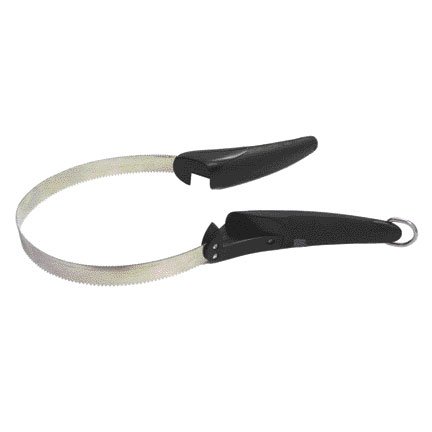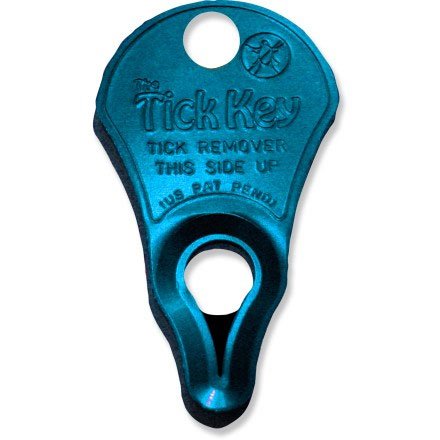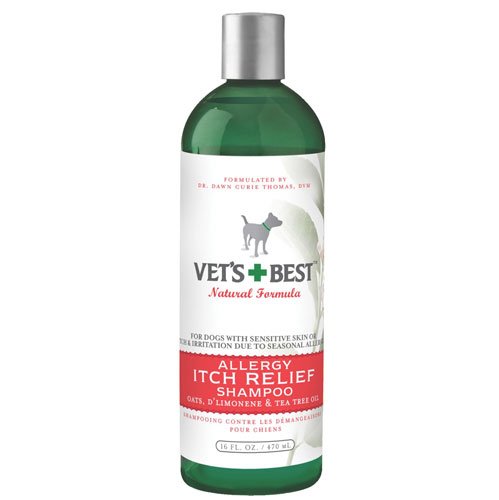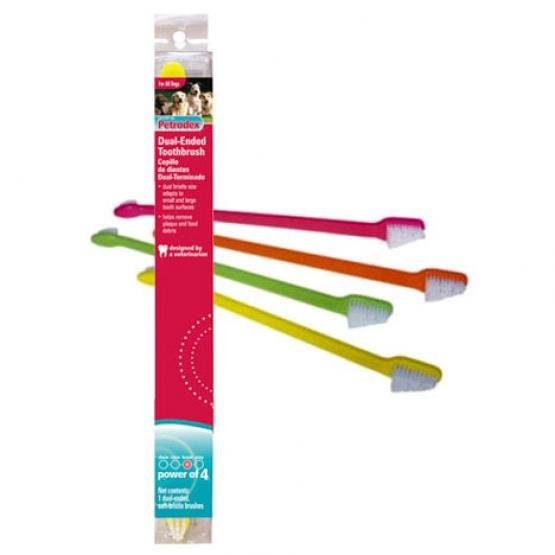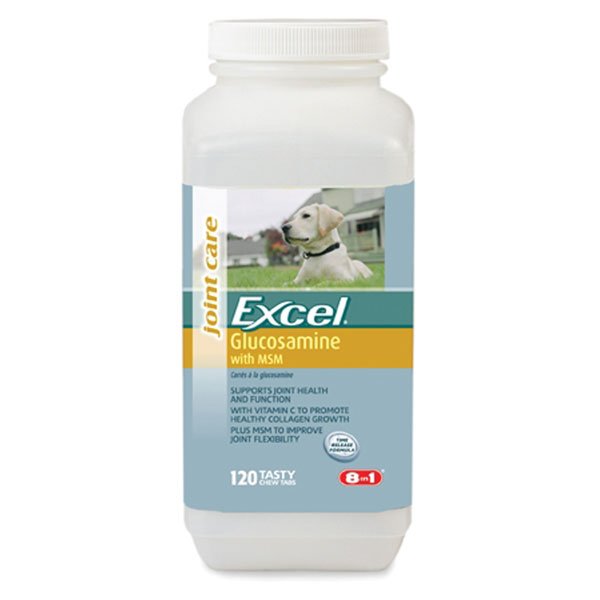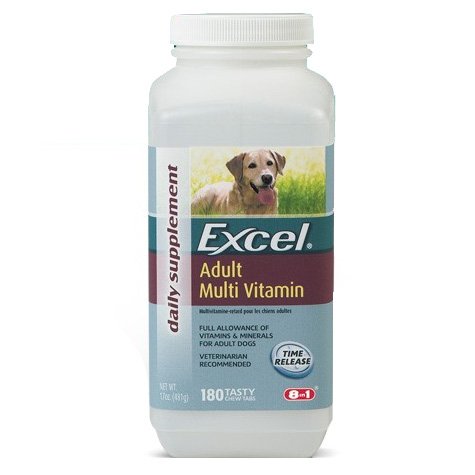No one wants to think about a disaster happening – and that is an understatement. Being prepared in a natural disaster can be the difference between life and death and the life and death of your pets.
The biggest thing to remember in a disaster regarding your p ets is to take your pets with you. Do not leave them behind, a disaster area is no place for a pet dog, cat, horse or other pet.
ets is to take your pets with you. Do not leave them behind, a disaster area is no place for a pet dog, cat, horse or other pet.
Every member of your family should know what is needed during the evacuation.
You need to prepare supplies for your pet.
- It’s always a good idea to have a stock off non-perishables at home and have everything ready to go at a moment’s notice.
- It’s a good idea to keep your emergency supplies stored in sturdy containers that can be carried easily (suitcases, covered trash containers, Vittles Vaults etc.).
- Make sure all medications and medical records (stored in a waterproof container) are available and a first aid kit is packed also.
- Sturdy leashes, harnesses and carriers to transport pets safely and to ensure that your pets can’t escape. Remember that your pet may have to stay in the carrier for hours at a time – so make sure it is large enough.
- Bring a current photo of your pet for identification in case your pet gets lost.
- Food, water, pet bowls, cat litter and litter box, and a manually-operated can opener if you use canned food.
- Information on medical conditions and the name and number of your veterinarian should be packed in case you have to board your pets or place them in foster care.
- Only bring pet beds and toys, if you can easily take them.
Other useful items include newspapers, paper towels, plastic trash bags, grooming items, and household bleach.

